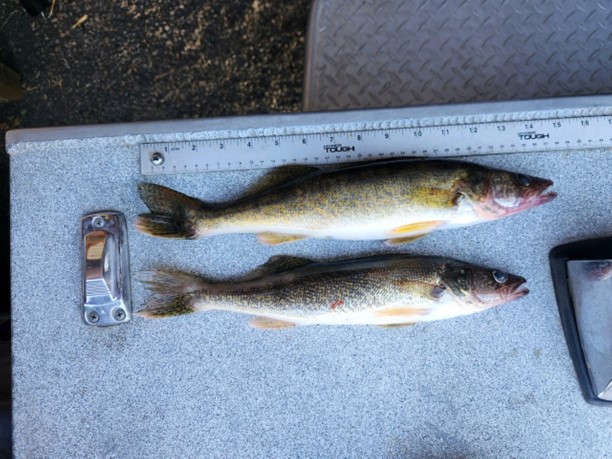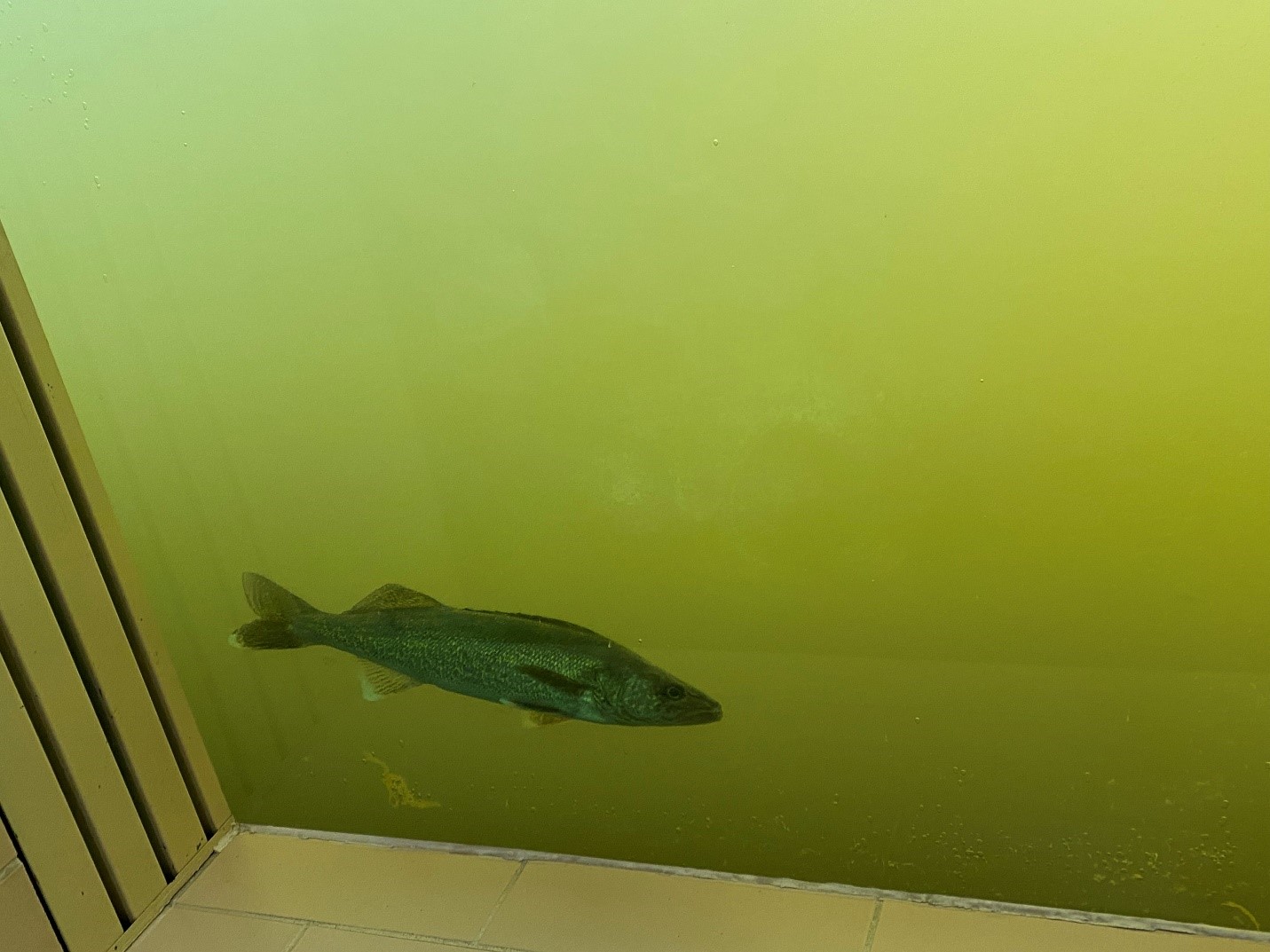Idaho Fish and Game has received more verified reports and pictures from people catching walleye in the Hells Canyon reach of the Snake River and Salmon River in 2023 than in all previous years. It is alarming to receive so many reports of walleye being caught upstream of Lower Granite Dam, and unfortunately there are indicators that more walleye are coming which is not good for salmon and steelhead.
If anglers catch walleye in rivers and streams where there are anadromous fish, do not release them back to the river alive and instead, enjoy a very tasty dinner.




